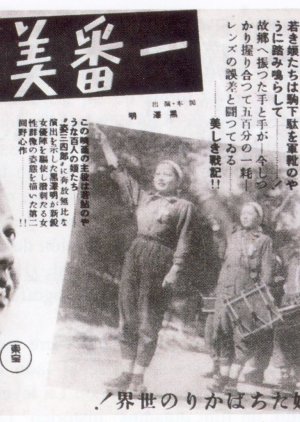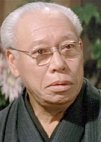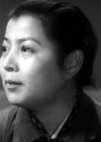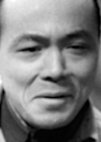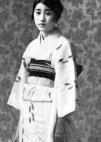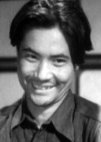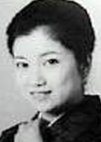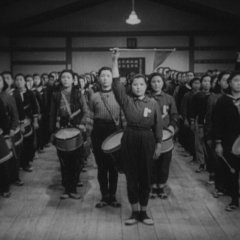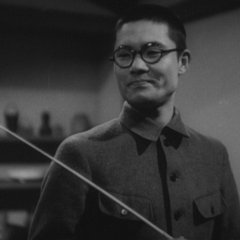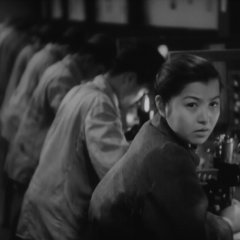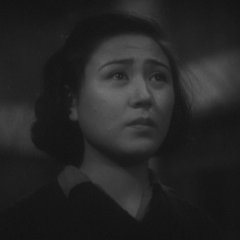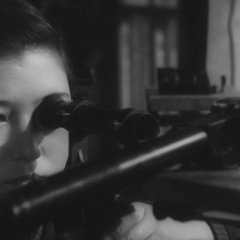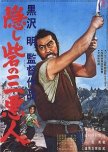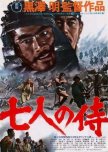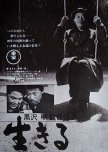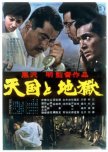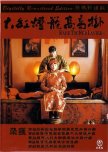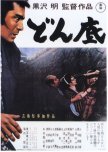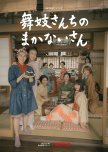# of Watchers: 57
Reviews: 1 user
Director Kurosawa Akira's portrait of the lives of a group of female factory workers near the end of World War II, who are all willing to give up their health and time with their families all for the sake of the factory. Edit Translation
- English
- magyar / magyar nyelv
- dansk
- Norsk
- Native Title: 一番美しく
- Also Known As: Most Beautifully , Ichiban Utsukushiku
- Screenwriter & Director: Kurosawa Akira
- Genres: Historical, Life, Drama, War
Cast & Credits
- Shimura Takashi Main Role
- Yaguchi YokoWatanabe TsuruMain Role
- Sugai IchiroSanada KenSupport Role
- Irie TakakoMizushima NorikoSupport Role
- Kono Akitake[Drum and Fife band's master}Support Role
- Yorozuyo MinekoBando MinekoSupport Role
Reviews

This review may contain spoilers
Kurosawa WWII propaganda film
In 1944 Kurosawa Akira made The Most Beautiful, a propaganda movie about women volunteering to make lenses used in the war machine. Heavily censored and primarily to boost morale, as most wartime propaganda films were/are, Kurosawa chose to show not only the commitment of the women involved but also the sacrifices they made with their families and their health.Director Watanabe, a young woman who calibrates lenses at the Hiratsuka factory, works with management and with the workers. When the women are given the order to increase production by 50% over the next four months, they are offended because the men were ordered to increase theirs by 100%. Watanabe convinces the company that the women can increase production by 67%. As the women boost their efforts, they are also called upon to create a drum and fife corp. Everyday they march down the street outside the factory. When production decreases they are told to do something fun and begin playing volleyball in their free time. As days drag on, fatigue begins to wear on their bodies and minds. Illnesses, a broken leg, and bickering take place. Despite the setbacks, all of the women who recover cheerfully return to once again do their part for the war effort. Watanabe sees their responsibility as critical to the men fighting, how even one defective lens could mean a man's death, and the man's death could lead to a loss for the military. Follows the old story "For want of a nail the shoe was lost, for want of a shoe the rider was lost…" She goes to obsessive lengths to make sure a lost uncalibrated lens is found. Even when a parent dies and the company says Watanabe should go home, she refuses, determined to continue the mission, grieving silently to herself later.
There were many propaganda signs hanging about. "Follow the example of the war dead." "Follow the example of Yamamoto." "Troops are in the enemy's sights." And the main director's advocation of "One can't improve productivity without improving one's character," was quoted often. Aside from the factory being populated by women, the "men" who also worked there in the ranks looked like boys. The management was made up of middle-aged men, but the workers seemed quite young.
Irie Takako played what amounted to a house mother, but a woman the young women admired and listened to. Yaguchi Yoko as Watanabe was the heart of the story as she struggled to motivate the women in her charge to work harder and also managed their personal problems and illnesses. Yaguchi would marry Kurosawa the next year. Shimura Takashi had a glorified guest role at the beginning of the film as the director of the factory. All of the supporting management characters were overly benevolent and compassionate as if to tell people it would be safe to send your daughters to work and live in these facilities.
Kurosawa was able to make a film as much about the dedication of the young women and the toll the work took on their bodies and minds as he did about their role benefiting the military and the country. At 85 minutes it felt much longer as there was only so much I could watch of people manufacturing lenses and hearing propaganda. The historical aspect of it was interesting but as a piece of art, not so much, though Kurosawa did what he could. If you're interested in old propaganda films or are a Kurosawa completionist, I fall into the latter category, it's worth checking out. Otherwise, it might be best to skip to One Wonderful Sunday or Drunken Angel.
7/18/23
Was this review helpful to you?
Recommendations
There have been no recommendations submitted. Be the first and add one.

